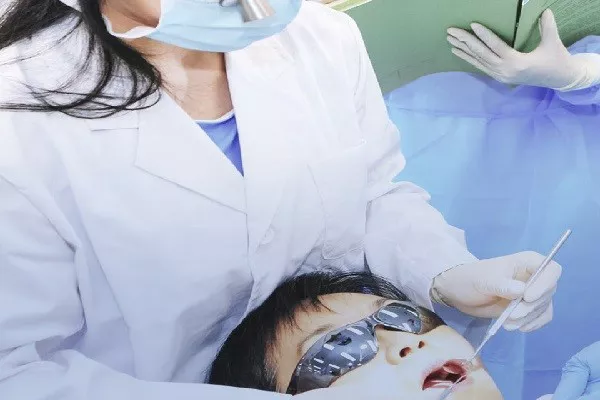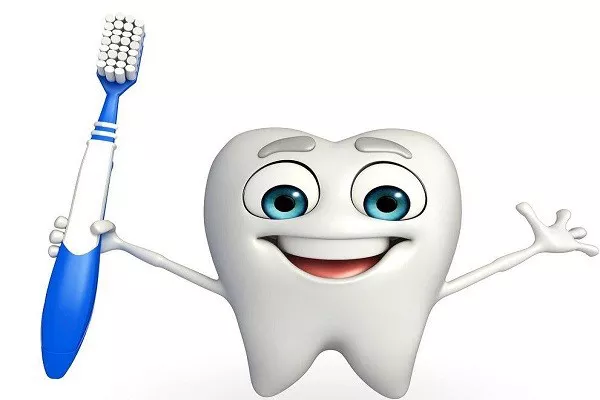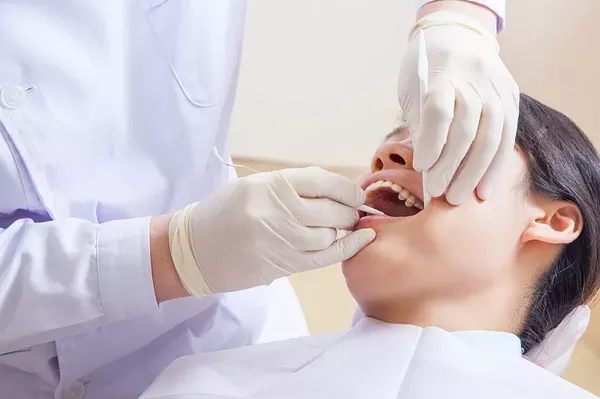Periodontal disease, also known as gum disease, is a serious oral health condition that affects millions of people worldwide. It is caused by bacterial infection that damages the tissues and structures that support the teeth. If left untreated, it can lead to tooth loss and other health problems. But the good news is that periodontal disease can be reversed with proper treatment and good oral hygiene habits. In this article, we will explore the different stages of periodontal disease, treatment options, factors that affect the time it takes to reverse the disease, and how to maintain good oral health to prevent recurrence.
Stages of Periodontal Disease:
Periodontal disease has 3 stages, which are:
-
Gingivitis
This is the earliest stage of periodontal disease and is characterized by inflammation of the gums. Symptoms include redness, swelling, and bleeding during brushing or flossing.
-
Early periodontitis
This stage is characterized by damage to the connective tissues and bone that support the teeth. Symptoms include receding gums, pockets between the teeth and gums, and bad breath.
-
Advanced periodontitis
This is the most severe stage of periodontal disease and is characterized by extensive damage to the bone and connective tissues. Symptoms include severe tooth mobility, tooth loss, and significant changes in the facial structure.
Treatment Options for Periodontal Disease:
The treatment for periodontal disease depends on the severity of the disease. Here are some common treatment options:
-
Non-surgical treatments
This includes scaling and root planing, which is a deep cleaning of the teeth and gums to remove plaque and tartar buildup. Antibiotics may also be prescribed to kill the bacteria causing the infection. Regular professional cleanings are also recommended to maintain good oral health.
-
Surgical treatments
In cases of advanced periodontitis, surgery may be required to remove damaged tissue and bone. Flap surgery is a common procedure that involves lifting the gums and removing tartar and bacteria from the roots of the teeth. Bone and soft tissue grafts may also be used to replace damaged tissue and bone.
-
Laser therapy
This is a non-invasive procedure that uses a laser to remove bacteria and tartar buildup from the gums.
-
Good oral hygiene
Maintaining good oral hygiene habits is essential in preventing and treating periodontal disease. This includes brushing twice a day, flossing daily, and using mouthwash to kill bacteria and freshen breath.
Factors that Affect the Time it Takes to Reverse Periodontal Disease:
Several factors can affect the time it takes to reverse periodontal disease. These include:
-
Severity of the disease
The more severe the disease, the longer it will take to reverse it.
-
Treatment plan
The type of treatment plan recommended by the dentist will also affect the time it takes to reverse the disease.
-
Compliance with treatment and oral hygiene
It is essential to follow the treatment plan recommended by the dentist and maintain good oral hygiene habits to ensure the best possible outcome.
-
Overall health and underlying medical conditions
Certain medical conditions, such as diabetes, can affect the body’s ability to fight infection and may prolong the time it takes to reverse periodontal disease.
Reversing Periodontal Disease:
Now that we understand the stages of periodontal disease let’s discuss how long it takes to reverse the disease. The time it takes to reverse periodontal disease depends on several factors, including:
-
Severity of the disease
The severity of the disease determines the length of time it takes to reverse it. The earlier the disease is detected, the easier it is to treat.
-
Chosen treatment plan
The chosen treatment plan also plays a significant role in the time it takes to reverse periodontal disease. The most common treatments for periodontal disease include scaling and root planing, antibiotics, and surgery. Your dentist will determine the best treatment plan for your specific case, and the time it takes to reverse the disease will depend on the chosen treatment plan.
-
Patient compliance
Patient compliance with treatment and good oral hygiene habits is essential in reversing periodontal disease. It’s crucial to follow the dentist’s instructions regarding oral hygiene and attend all follow-up appointments to monitor progress.
Timeline for reversing periodontal disease:
-
Early improvements
With proper treatment and good oral hygiene habits, patients with gingivitis can see improvements, such as reduced inflammation and bad breath, within a few weeks of starting treatment.
-
Initial healing
The initial healing period usually takes about 4-6 weeks after treatment. During this time, the gums should start to reattach to the teeth, and pockets should start to shrink. It’s essential to maintain good oral hygiene habits during this period to promote healing.
-
Maintenance phase
After the initial healing period, the patient will enter a maintenance phase, which involves regular professional cleanings and good oral hygiene habits. The length of the maintenance phase will depend on the severity of the disease and the patient’s compliance with treatment. Regular professional cleanings are essential in removing plaque and tartar buildup and maintaining good oral health.
-
Full recovery
Full recovery from periodontal disease can take several months to a few years, depending on the severity of the disease and the chosen treatment plan. It’s crucial to continue good oral hygiene habits and attend regular follow-up appointments to monitor progress and prevent recurrence of the disease.
Preventing Recurrence of Periodontal Disease:
Preventing recurrence of periodontal disease is crucial in maintaining good oral health. Here are some tips to prevent recurrence:
-
Maintain good oral hygiene habits
Brush twice a day, floss daily, and use mouthwash to kill bacteria and freshen breath.
-
Attend regular professional cleanings
Regular professional cleanings are essential in removing plaque and tartar buildup and maintaining good oral health.
-
Quit smoking
Smoking is a significant risk factor for periodontal disease and can lead to recurrence after treatment.
-
Manage underlying medical conditions
Certain medical conditions, such as diabetes, can increase the risk of periodontal disease. Managing these conditions is crucial in preventing recurrence.
Periodontal disease is a serious oral health condition that can lead to tooth loss and other health problems if left untreated. However, it can be reversed with proper treatment and good oral hygiene habits. The time it takes to reverse periodontal disease depends on the severity of the disease, the chosen treatment plan, and the patient’s compliance with treatment and oral hygiene. Preventing recurrence of periodontal disease is crucial in maintaining good oral health and preventing further damage to the gums and teeth. If you suspect you have periodontal disease, it is essential to seek treatment from a dentist as soon as possible to prevent further damage and ensure the best possible outcome.
Recommended article: How to Fight Periodontal Disease at Home?
































